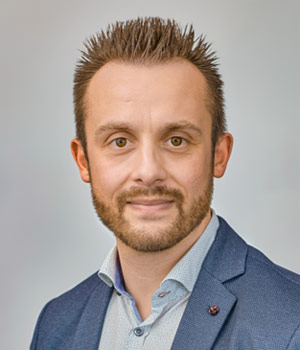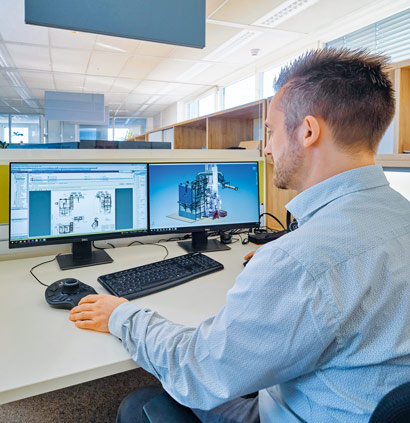Faster access to the offer through optimised processes: Scheuch, a competence leader in innovative ventilation and environmental technology, has achieved this goal with the help of Cideon. Project planners at the Austrian company can now easily assemble an environmental system with digital assets from a library in project engineering. “Since the assets contain far more than the geometry, we are laying a comprehensive digital foundation for the later processes,” explains Manuel Eitzinger, Team Leader for technical IT at Scheuch.
Teamwork: (Cover image) Manuel Eitzinger (left), Technical IT Team Leader at Scheuch, and Dr. Harald Schrenk, Managing Director of Cideon Austria.

